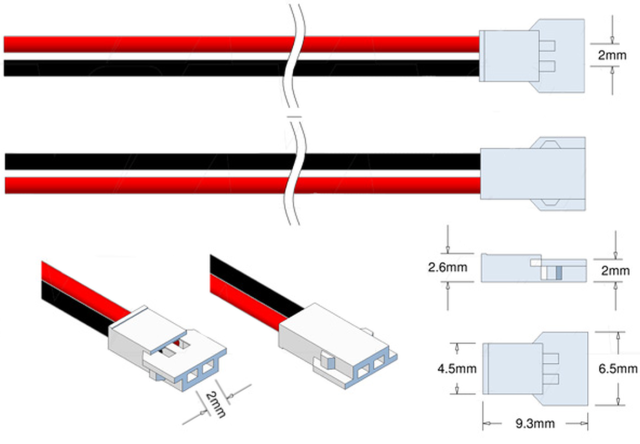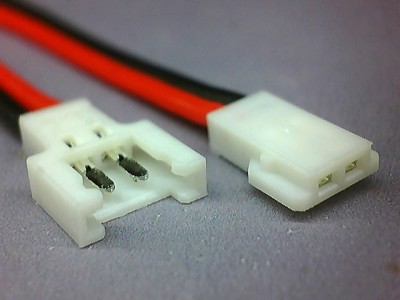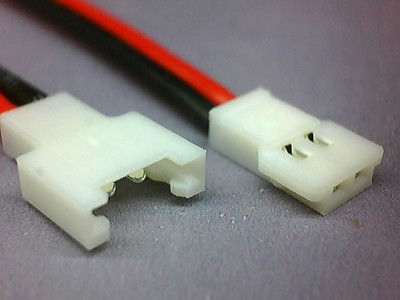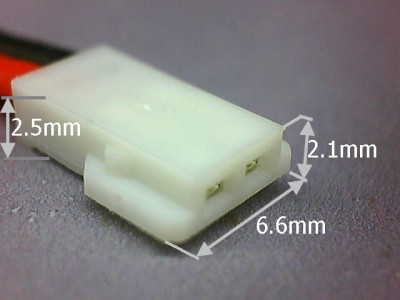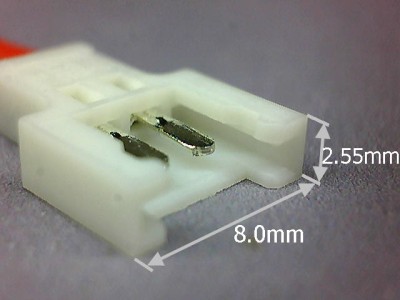I've removed the shell on the non-powered unit to fix the pantograph motor. shell removed but there are two connectors I can't open, I don't know what they are called and I've not been able to find them, I thought they were JST but??? The two flat ones will not separate (There's a 3rd one not in the pic) I can't figure out how to separate them. without destroying them...which has crossed my mind!![]()
Original Post
Replies sorted oldest to newest







